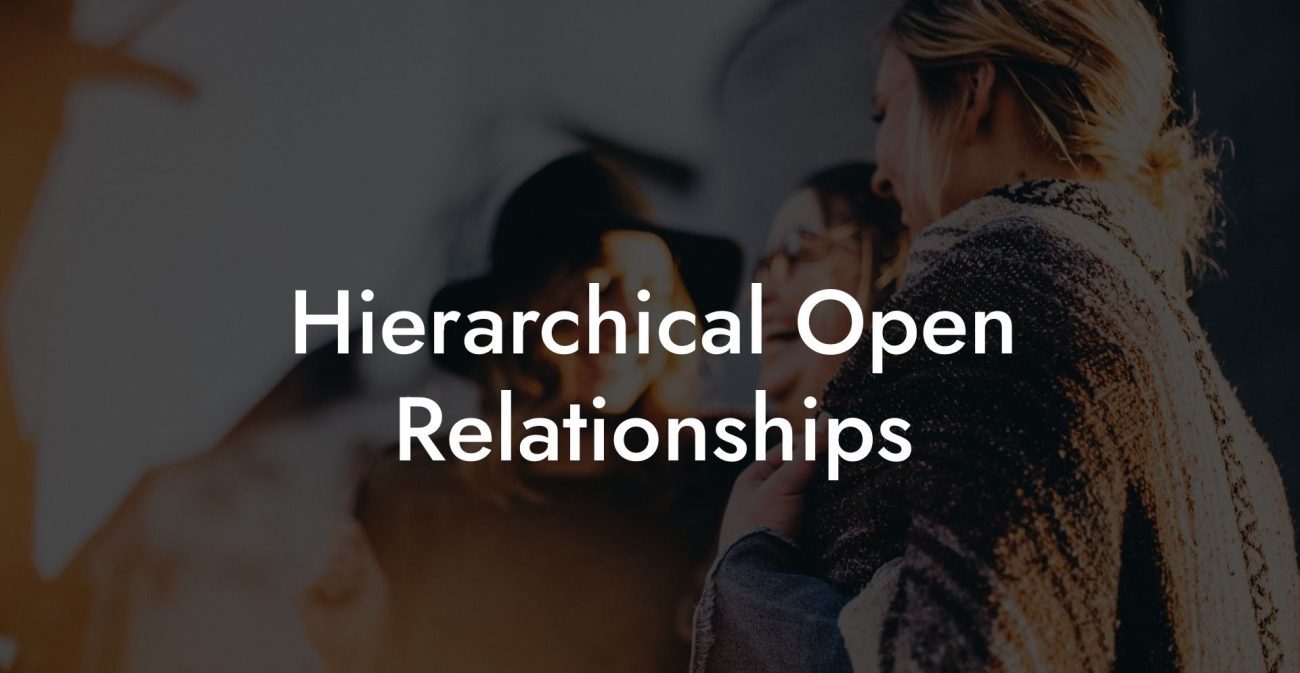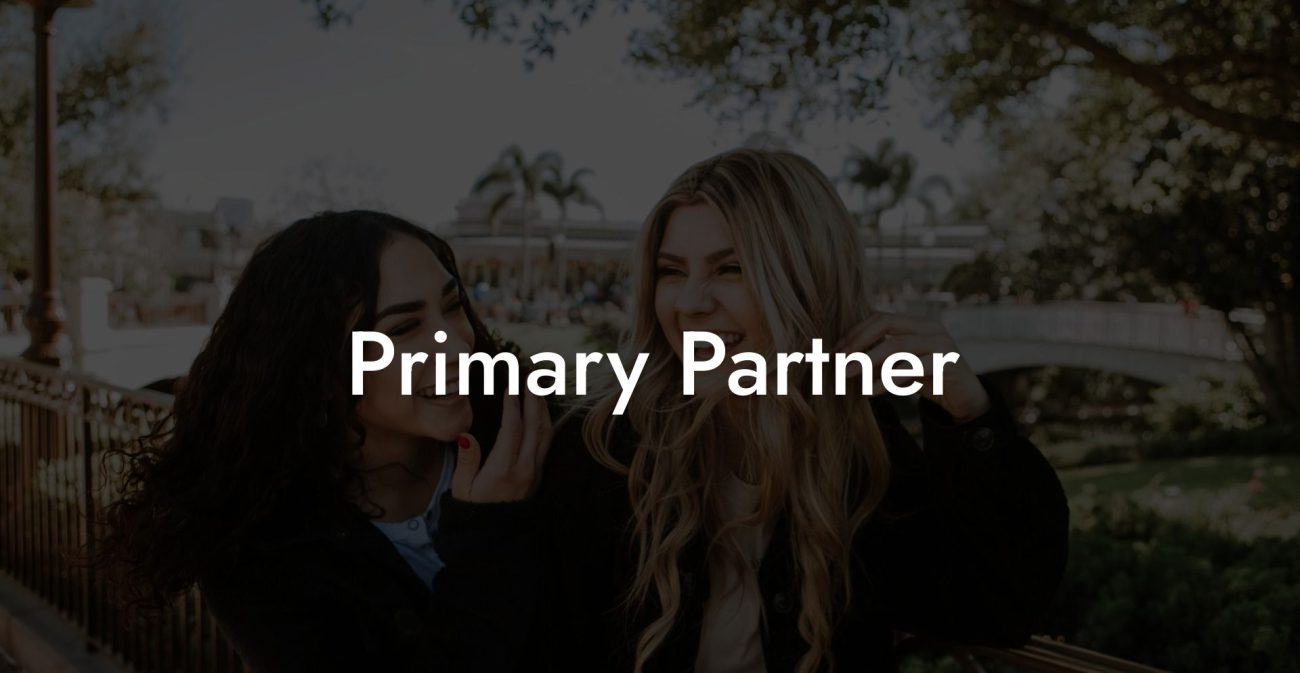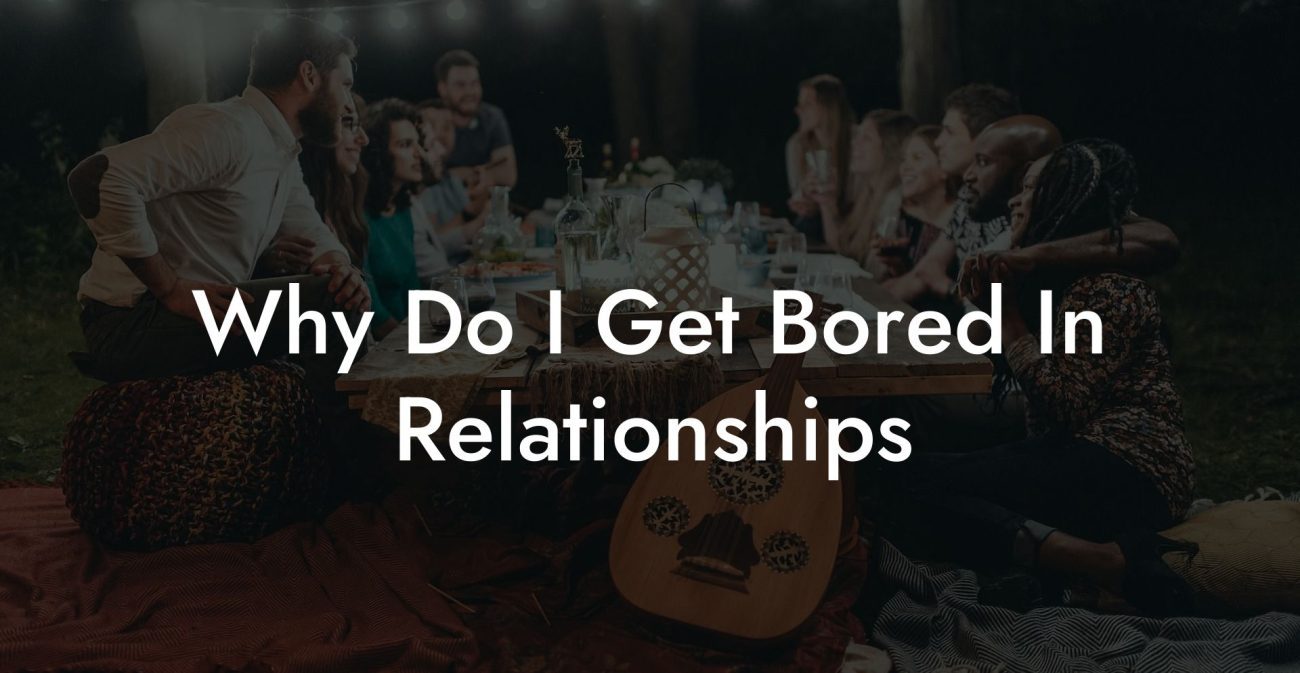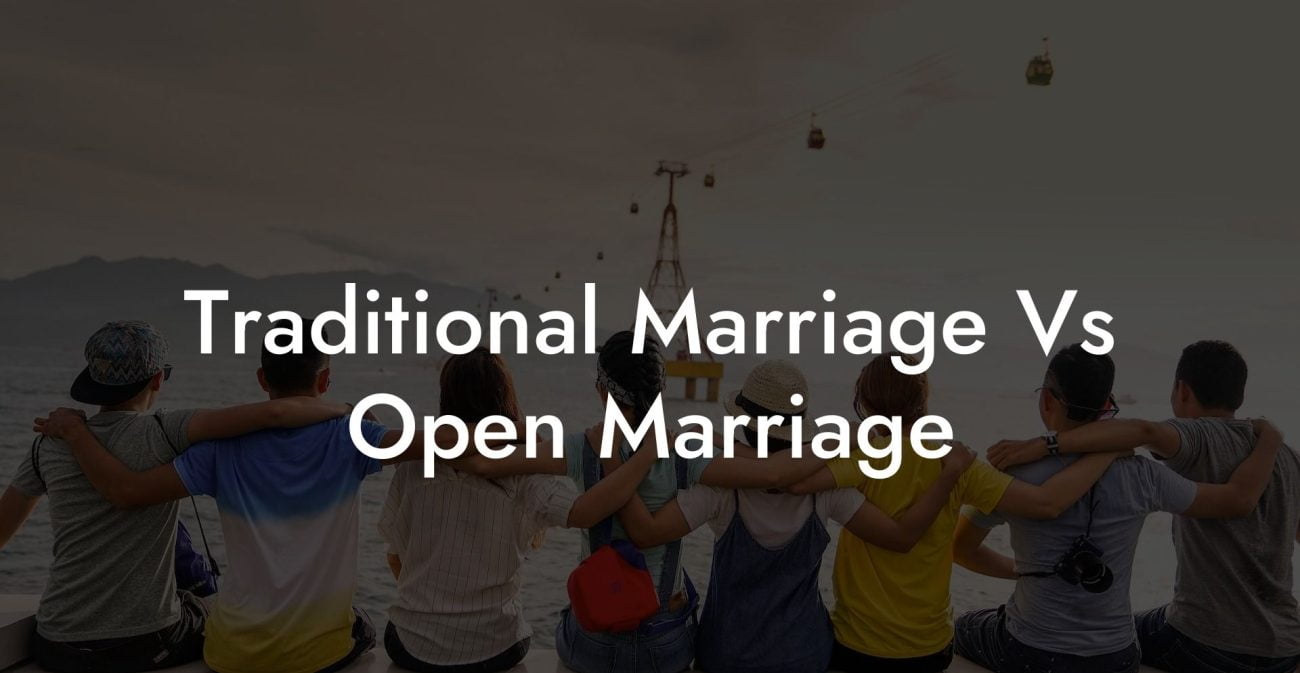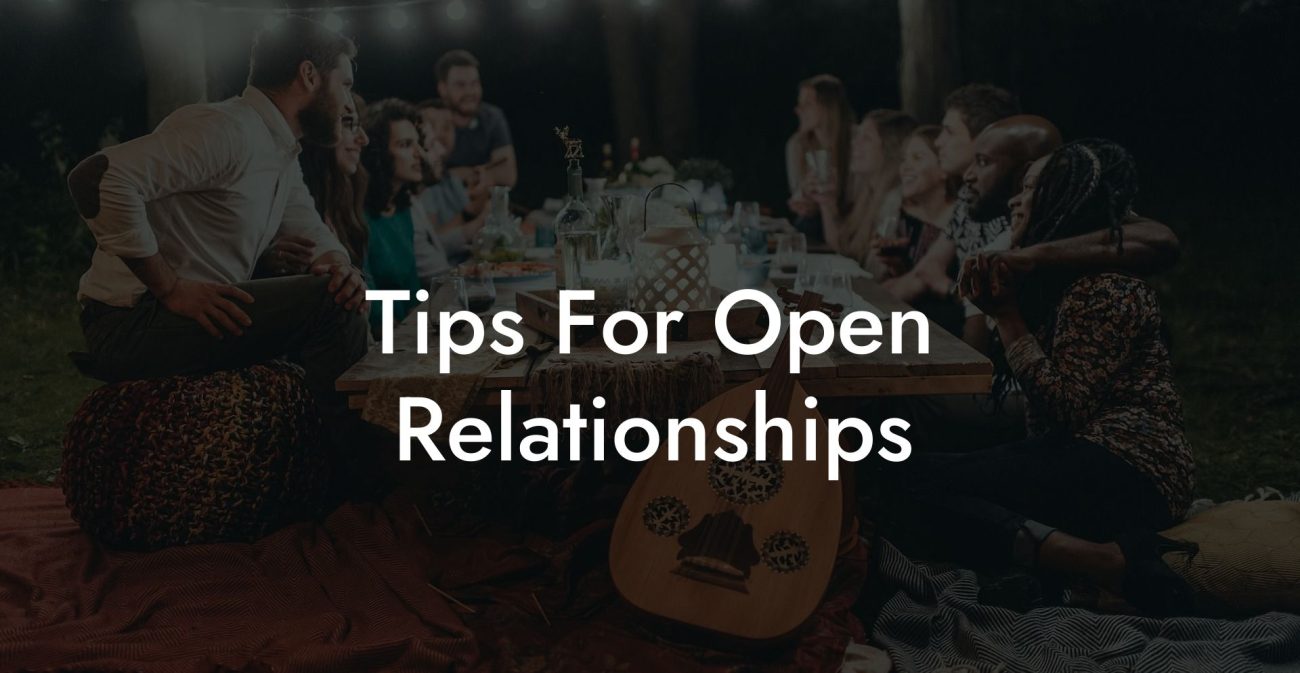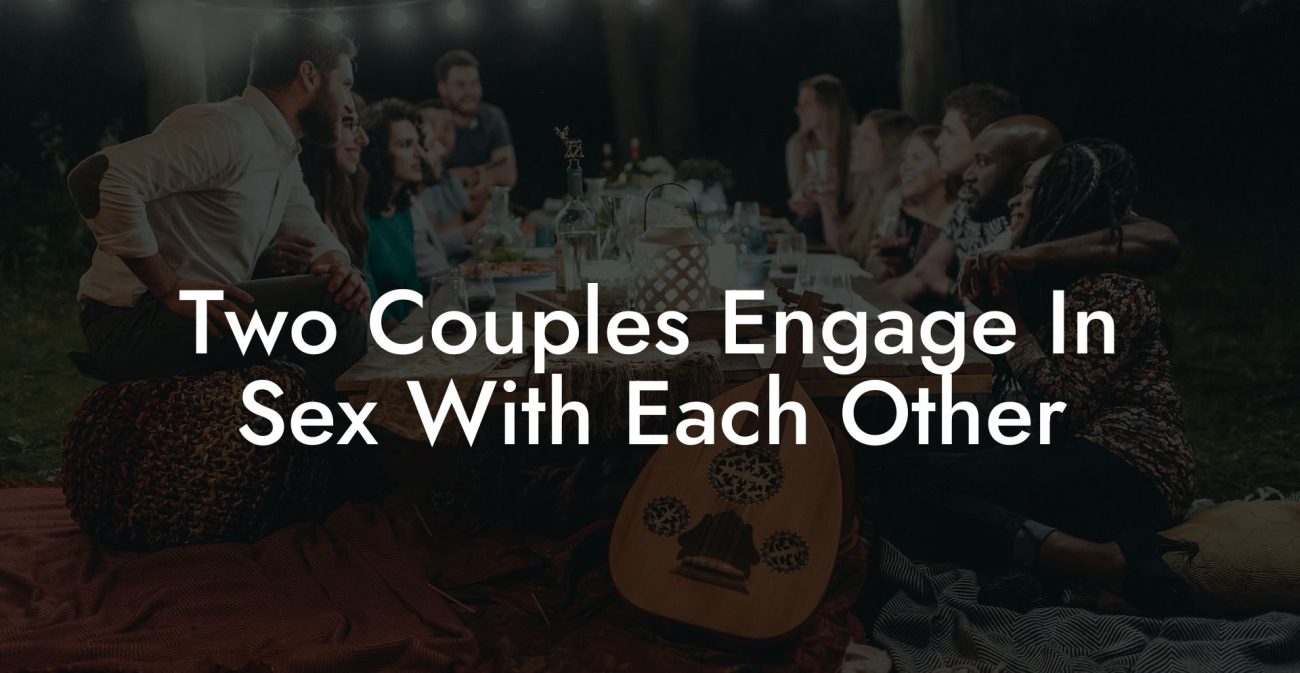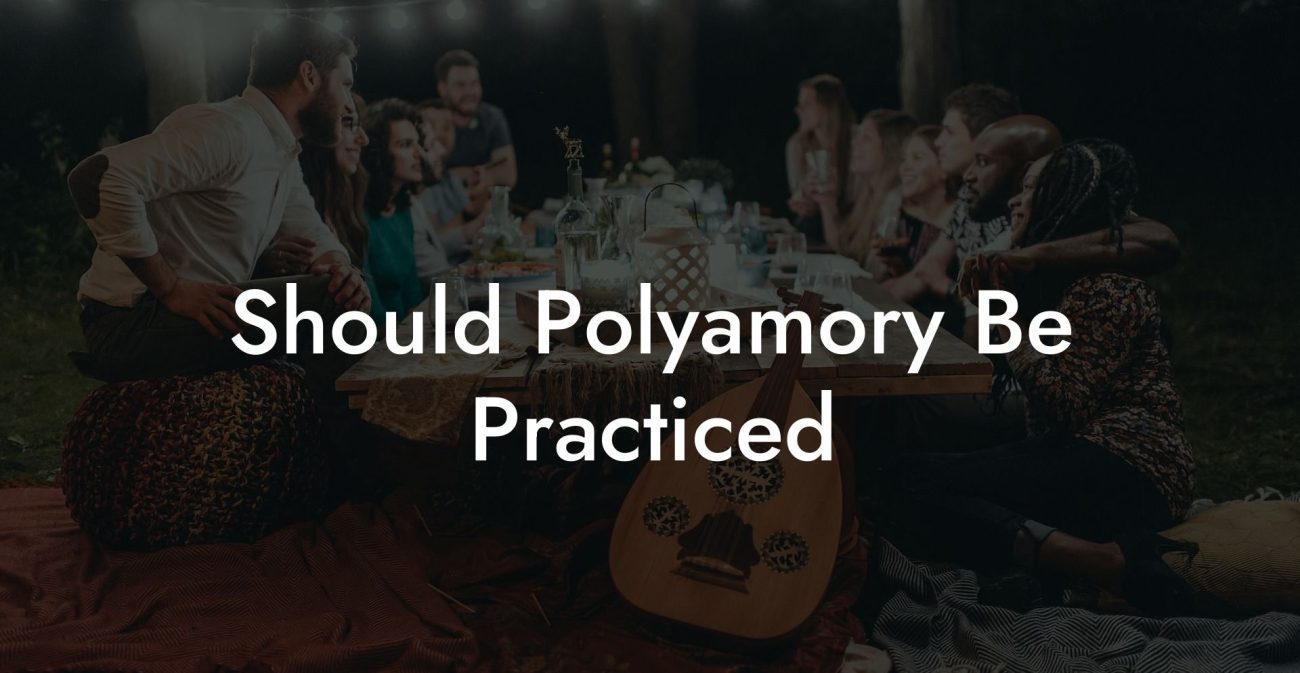Understanding Secondary In Open Relationship
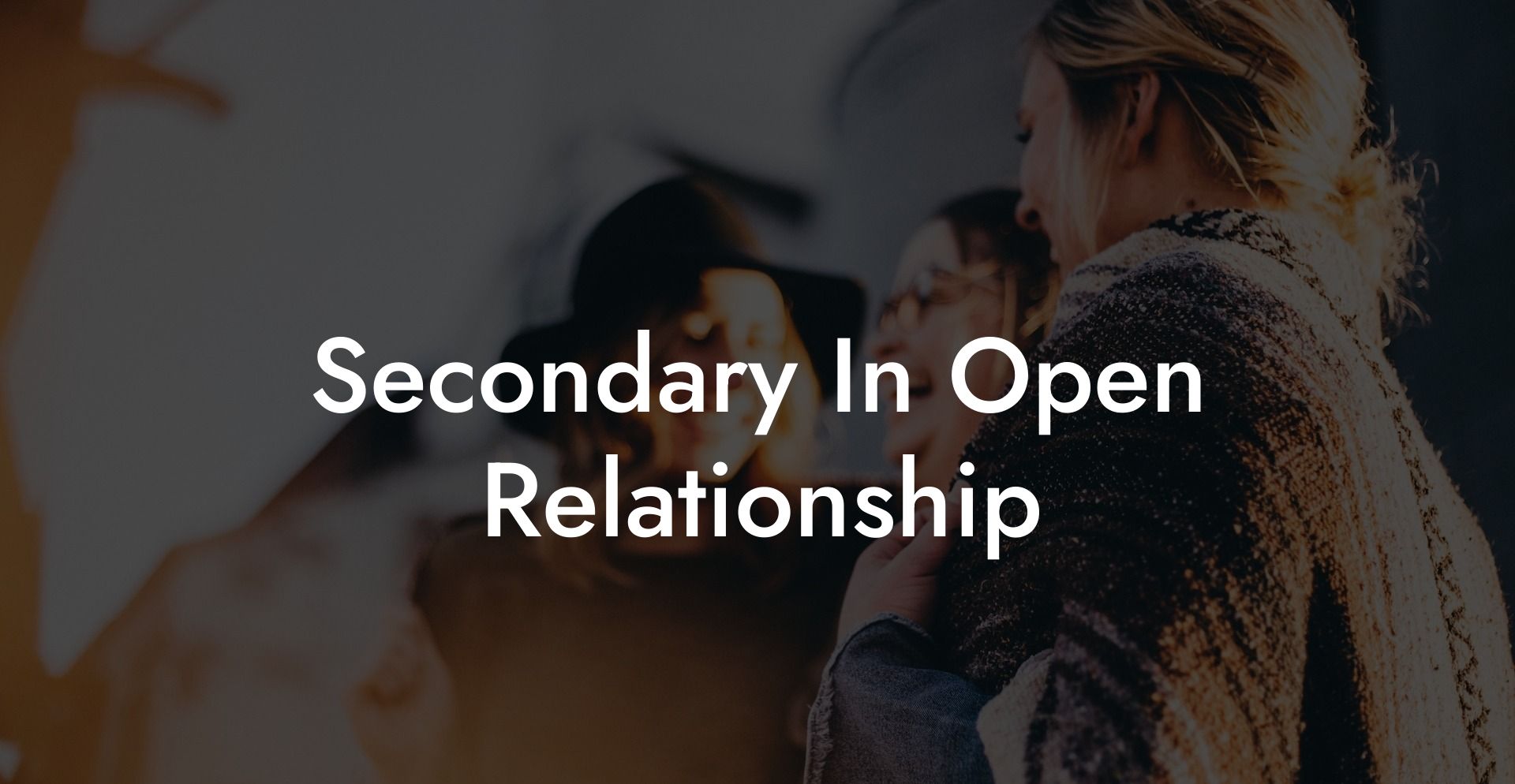
While the primary relationship is typically the central, most committed bond, secondary relationships also play a significant role in a person’s emotional and social life. This guide will help you understand what it means to be a secondary partner in an open relationship, explore the common dynamics and boundaries involved, and offer practical strategies for maintaining healthy secondary relationships while supporting the primary bond.
Quick Links to Useful Sections
- What Does "Secondary" Mean in an Open Relationship?
- Definition and Overview
- Characteristics of Secondary Relationships
- How Secondary Relationships Fit into Open Relationship Dynamics
- The Role of a Secondary Partner
- Differentiating Primary and Secondary Relationships
- Benefits and Challenges of Secondary Relationships
- Benefits
- Challenges
- Practical Strategies for Nurturing Healthy Secondary Relationships
- Establish Clear Boundaries
- Enhance Communication
- Prioritize Self-Care
- Build a Supportive Community
- Frequently Asked Questions (FAQ)
What Does "Secondary" Mean in an Open Relationship?
Definition and Overview
In the context of open relationships, a secondary partner is someone with whom you share a meaningful connection that is not considered your primary or most prioritized relationship. Secondary relationships can be emotionally and/or sexually significant but generally involve less integration of everyday life compared to a primary relationship. The level of commitment, time, and shared responsibilities in a secondary relationship is typically lower, allowing for more personal autonomy and flexibility.
Characteristics of Secondary Relationships
- Less Centralized Commitment: Secondary relationships often operate with fewer shared commitments such as cohabitation, joint finances, or long-term planning.
- Defined Boundaries: Clear boundaries are established to distinguish the level of emotional and practical investment from that of the primary relationship.
- Flexibility and Autonomy: They allow individuals to enjoy additional connections without the same level of dependency as a primary partnership.
- Emotional and Sexual Connection: While secondary relationships can be deeply fulfilling, they typically serve to complement rather than replace the primary bond.
How Secondary Relationships Fit into Open Relationship Dynamics
The Role of a Secondary Partner
Secondary partners provide additional layers of support, intimacy, and diversity in your relationship network. They may offer:
- Emotional Variety: Each relationship can fulfill different emotional needs, from intellectual stimulation to physical affection.
- Social and Practical Support: Secondary partners can contribute to your social network and sometimes assist with practical tasks, although usually not to the extent of a primary partner.
- Personal Exploration: These relationships allow for greater personal freedom and exploration without the extensive commitments that primary relationships typically require.
Differentiating Primary and Secondary Relationships
The distinction between primary and secondary relationships is not always clear-cut and can vary greatly depending on individual preferences. However, common differences include:
- Time and Energy Investment: Primary relationships often receive more time and emotional energy, whereas secondary relationships may have more flexible schedules.
- Level of Integration: Primary partners might share living arrangements, financial responsibilities, or family planning, while secondary partners remain more separate in these areas.
- Decision-Making Authority: Major life decisions are generally made within the primary relationship, with secondary relationships playing a more supportive role.
Benefits and Challenges of Secondary Relationships
Benefits
- Diverse Support System: Having secondary relationships can enrich your life with a variety of perspectives, emotional support, and practical assistance.
- Personal Freedom: Secondary relationships offer flexibility, allowing you to explore different aspects of intimacy while maintaining a core, stable primary bond.
- Emotional Enrichment: Engaging with multiple partners can foster personal growth, increased self-awareness, and a more resilient support network.
Challenges
- Time Management: Balancing the demands of primary and secondary relationships can be challenging, and it may require strong organizational skills.
- Emotional Complexity: Feelings of jealousy or neglect can arise if boundaries and expectations are not clearly communicated and respected.
- Social Stigma: Like all forms of non-monogamy, secondary relationships may face misunderstanding or prejudice from those who adhere to traditional relationship norms.
Practical Strategies for Nurturing Healthy Secondary Relationships
Establish Clear Boundaries
Discuss and define what you and your secondary partner expect from the relationship. Clear boundaries might include the amount of time spent together, the level of emotional involvement, and guidelines for sharing information with your primary partner.
- Written Agreements: Consider drafting a simple agreement outlining these boundaries, which can be revisited periodically.
- Regular Check-Ins: Schedule conversations with your secondary partner to ensure that the relationship continues to meet both of your needs.
Enhance Communication
Open, honest communication is key to managing multiple relationships. Use these strategies:
- Active Listening: Focus on truly hearing your partner’s concerns and validating their feelings.
- "I" Statements: Express your needs and emotions using statements like "I feel..." to foster non-defensive dialogue.
- Digital Tools: Utilize shared calendars or messaging apps to coordinate time and plan activities, ensuring clarity about your availability and commitments.
Prioritize Self-Care
Balancing multiple relationships can be demanding, so it is essential to take care of your own physical, emotional, and mental health. Prioritize:
- Regular Exercise and Mindfulness: Engage in activities that help manage stress and maintain energy levels.
- Personal Hobbies: Dedicate time to activities that fulfill you and promote self-growth.
- Therapeutic Support: Consider individual or group counseling to navigate complex emotions and build resilience.
Build a Supportive Community
Connecting with others who understand non-monogamous dynamics can provide both emotional support and practical advice. Explore:
- Online Communities: Join forums and social media groups such as r/polyamory to share experiences and insights.
- Local Meet-Ups and Workshops: Attend events focused on polyamory and consensual non-monogamy to network with like-minded individuals.
Frequently Asked Questions (FAQ)
1. What is a secondary relationship in an open relationship?
A secondary relationship is a connection that, while meaningful, is not the primary or central relationship in your life. It involves less shared responsibility and integration compared to the primary relationship.
2. How does a secondary relationship differ from a primary relationship?
In a primary relationship, there is usually a deeper level of commitment, shared responsibilities, and priority in decision-making. Secondary relationships, on the other hand, are less central and often involve more flexibility and personal autonomy.
3. What are the benefits of having secondary relationships?
Secondary relationships can offer additional emotional support, diverse perspectives, and opportunities for personal growth without the full demands of a primary bond.
4. What challenges might arise in secondary relationships?
Challenges include balancing time and energy between multiple relationships, managing jealousy or feelings of neglect, and ensuring that clear boundaries are maintained.
5. How can I maintain healthy secondary relationships?
Effective strategies include establishing clear boundaries, maintaining open communication, prioritizing self-care, and building a supportive community to share experiences and advice.
6. Where can I find additional resources on managing secondary relationships?
Additional resources include books such as "The Ethical Slut" by Dossie Easton & Janet Hardy and "More Than Two" by Franklin Veaux & Eve Rickert, as well as podcasts like "Multiamory" and "Polyamory Weekly," and online communities such as r/polyamory.
Resources and Community Support: Your Next Steps
- "The Ethical Slut" by Dossie Easton & Janet Hardy – A seminal book offering insights into managing various relationship dynamics, including primary and secondary bonds.
- "More Than Two" by Franklin Veaux & Eve Rickert – A guide providing practical advice on balancing multiple relationships in a polyamorous context.
- Podcasts: Listen to "Multiamory" and "Polyamory Weekly" for engaging discussions and real-life experiences about managing secondary relationships.
- Online Communities: Join forums such as r/polyamory to share ideas, ask questions, and receive support from others who understand the dynamics of secondary relationships.
- Workshops and Webinars: Attend events focused on relationship psychology and ethical non-monogamy to further your understanding and connect with like-minded individuals.
By exploring these resources and applying the practical strategies outlined in this guide, you can develop a clear and informed understanding of what secondary relationships in open relationships entail, and how to nurture them for a balanced, fulfilling non-monogamous lifestyle. Embrace continuous learning, open dialogue, and self-care as you navigate the diverse landscape of multiple intimate connections.
Lost & confused by all of the terms, types and seemingly made up 3 letter acronyms?? We've got you. Check out our Ethnical Non-Monogamy Dictionary >>
Useful Interruption: Not sure which relationship vibe fits you best? Take our Relationship Test, it’ll give you the real insight into your natural relationship style. Then, dive into our binge-worthy guides (from the tried-and-true to the “wait, that’s a thing?”) and find the perfect relationship type for your life:
- Monogamy
- Open Relationships
- Ethical Non-Monogamy
- Solo Polyamory
- Non-Hierarchical Polyamory
- Hierarchical Polyamory
- Relationship Anarchy
- Swinging
Now back to the main article but yeah take the test...

